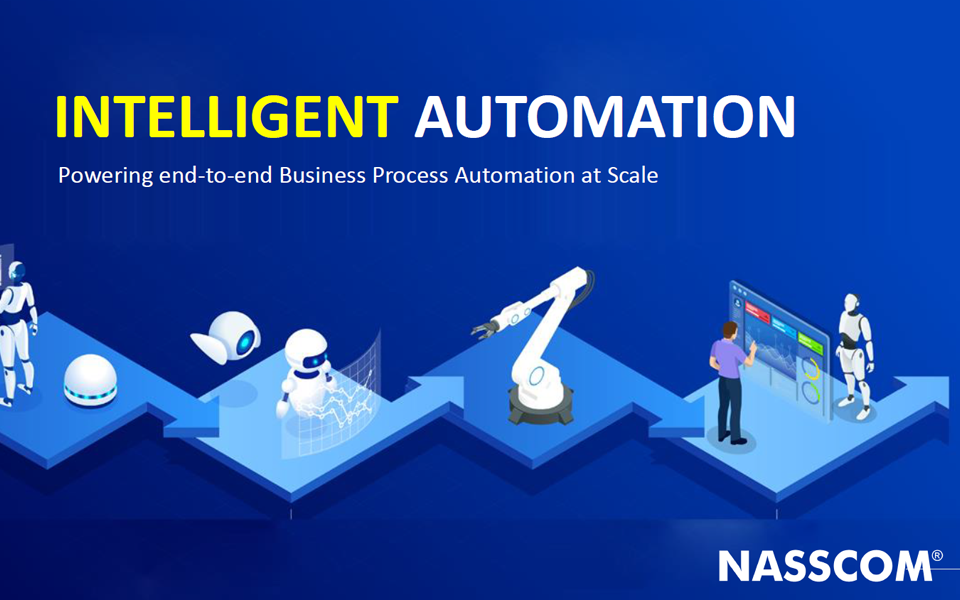In the post-pandemic landscape, businesses are striving to evolve beyond simple automation. With the explosion of data and the increasing demand for personalized experiences, small and mid-sized enterprises need to embrace smarter methodologies. This guide will provide a step-by-step tutorial to design, deploy, and monitor an AI-powered automation process tailored for non-developer operations managers. The focus will be on practical steps, configurations, and monitoring strategies.
To get started, ensure you have a clear understanding of the objectives. This might include automating customer service inquiries or analyzing customer feedback. Identify key performance indicators (KPIs) that will help measure success. For example, an increase in customer satisfaction scores or a reduction in response times could be effective metrics.
Next, consider the prerequisites. First, gather the necessary data, which could consist of historical customer interaction data, product information, and any other relevant text or voice data. Make sure this data is cleaned and structured for easier processing. Choose a robust AI platform that includes tools for Machine Learning, Natural Language Processing (NLP), and potentially Computer Vision if visual data is involved. Familiar options include platforms like Google Cloud AI, Amazon Web Services, or Microsoft Azure, each offering various services tailored for small businesses.
Once the prerequisites are established, move into the configuration steps. Start by integrating your data sources with the chosen AI platform. For example, if using a cloud-based solution, you might need to upload data sets or connect through APIs. Define the automation process by mapping out customer journey steps that could benefit from AI intervention, such as responding to FAQs or personalizing product recommendations.
In this phase, you would also need to train your model using existing data. Begin with small batches of historical data to validate initial responses. For instance, if automating customer service, use past customer inquiries and responses to train the model. Validate its performance by testing how well it can handle similar inquiries. Look for accuracy rates—high accuracy indicates that the model can effectively predict outcomes based on previous patterns.
After training the model, conduct extensive testing before full deployment. Simulate real-world scenarios by feeding your AI with a variety of inquiries or images, and monitor its responses. Use metrics such as response time and customer satisfaction during this phase to further fine-tune the AI model. If the AI struggles with certain queries, refine the training data or adjust the algorithms accordingly.
Once testing is completed and you are satisfied with the results, it is time to deploy the AI automation solution. Depending on the platform, this might involve activating the service or API endpoint. After the deployment, ensure accurate monitoring is in place. The monitoring process should include tracking KPIs, system performance, and customer interactions in real-time to identify any areas that may need adjustments.
Error handling is crucial for maintaining service quality. Monitor error logs and set up alerts for any abnormal behaviors. Automation should not only solve problems but also possess a failsafe to direct queries to a human representative if it cannot resolve an issue. This will mitigate potential customer frustrations caused by AI limitations.
Cost control is also an essential element of deployment. Estimate costs related to initial setup, such as cloud services, data storage, and ongoing operational expenses, which can include subscription fees and additional support costs. Regularly review these expenses against your defined KPIs to ensure that your automation provides a positive ROI. Conducting a cost-benefit analysis after implementation will allow you to quantify the advantages, such as time saved and customer satisfaction increased.
Moving forward, consider aspects of security, data retention, and privacy. Ensure compliance with data protection regulations such as GDPR or CCPA, especially when dealing with customer data. Your chosen AI platform should provide clear protocols for data encryption and user access control. Retention policies should specify how long data will be stored and when it will be purged, balancing operational needs against privacy concerns.
Moreover, vendor lock-in is a significant consideration when adopting AI solutions. Evaluate the flexibility of your chosen platform. Consider whether it allows exporting data easily or integrating with other solutions if you decide to transition in the future. A multi-cloud strategy or hybrid solutions might mitigate these risks while enhancing overall resilience against market fluctuations.
As the automation runs and evolves, regular maintenance is necessary to keep the system effective. This includes periodically retraining the model with new data, troubleshooting errors, and responding to customer evolving needs. Schedule monthly assessments to evaluate the AI’s effectiveness and relevance, enabling continuous improvements.
FlowMind AI Insight: By thoughtfully designing, deploying, and monitoring an AI-powered automation tailored for your business, you can harness the power of intelligent technologies. Collaborating with both digital and physical teams not only enhances operational efficiencies but can drive significant improvements in customer engagement and satisfaction, ultimately bolstering your organization’s growth in the fast-evolving marketplace.
Original article: Read here
2025-09-13 13:30:00

